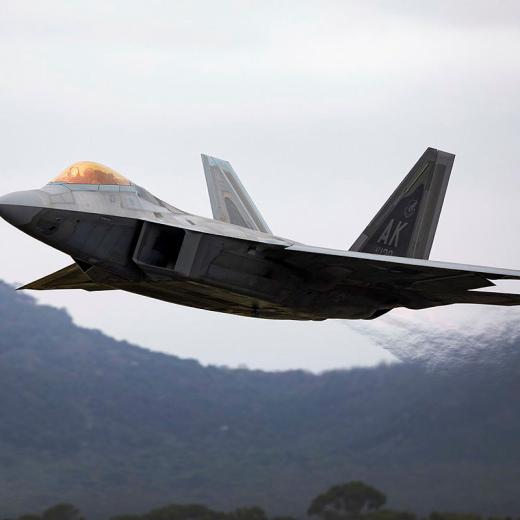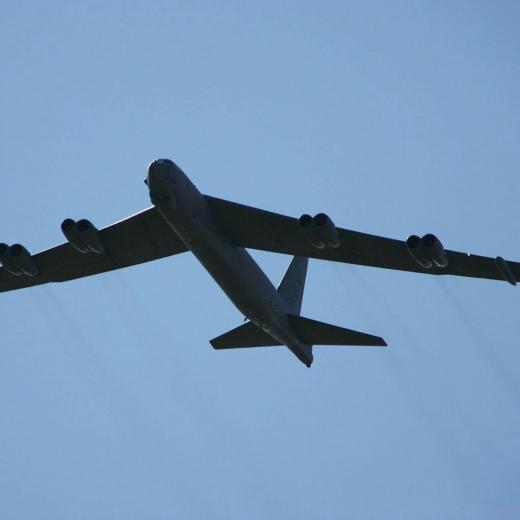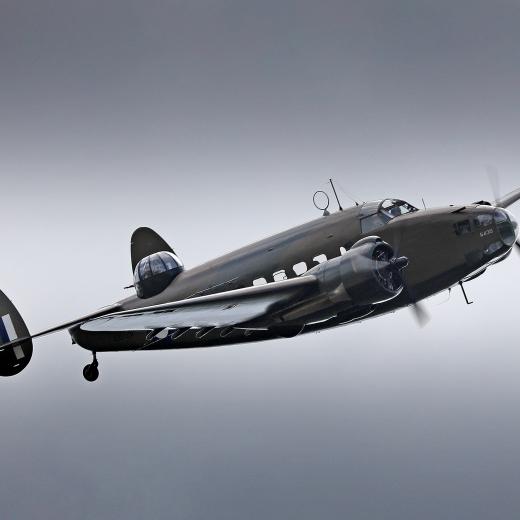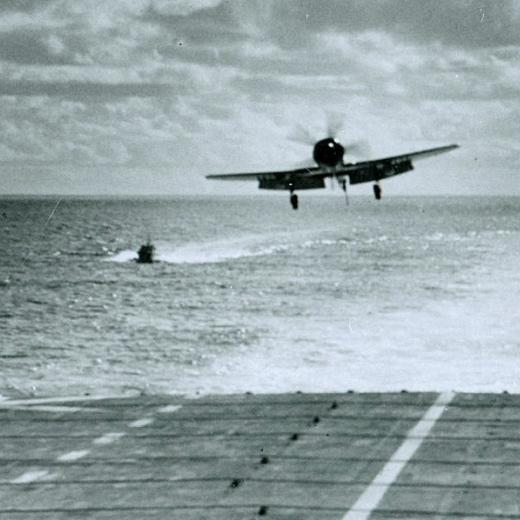BLUF
This article discusses how airpower, specifically the U.S. Air Force and Navy, played a critical role in saving South Vietnam during the Easter Offensive of 1972.Summary
Key Points:
- The Easter Offensive of 1972 was a major assault by North Vietnamese forces on South Vietnam.
- The South Vietnamese army (ARVN) had to fight without U.S. ground troops and faced a superior enemy.
- Airpower became the only politically feasible means for the United States to aid South Vietnam.
- The American air fleet in Southeast Asia included hundreds of combat aircraft and over 200 B-52s.
- Bad weather initially limited air support, but American pilots soon made a significant impact.
- The use of AH-1 Cobra gunships, along with Air Force, Navy, and Marine aircraft, provided constant air support.
- Operation Linebacker I involved striking targets in North Vietnam and mining Haiphong Harbor.
- Laser-guided smart bombs and improved air combat tactics gave the U.S. an advantage against North Vietnamese forces.
- The North Vietnamese switch from guerrilla warfare to conventional offensives made them vulnerable to air power.
- American airpower helped the ARVN repel assaults, but South Vietnam ultimately fell in 1975 due to other factors.
References
- VIETNAM AIR WAR COLLECTION | The Runway (airforce.gov.au)
- MILITARY HISTORY GENERAL ARTICLES | The Runway (airforce.gov.au)
- Air Power and the Ground War in Vietnam: Ideas and Actions (af.edu)
- The Limits of Airpower or the Limits of Strategy: The Air Wars in Vietnam and Their Legacies > National Defense University Press > Publications | NDU Press





